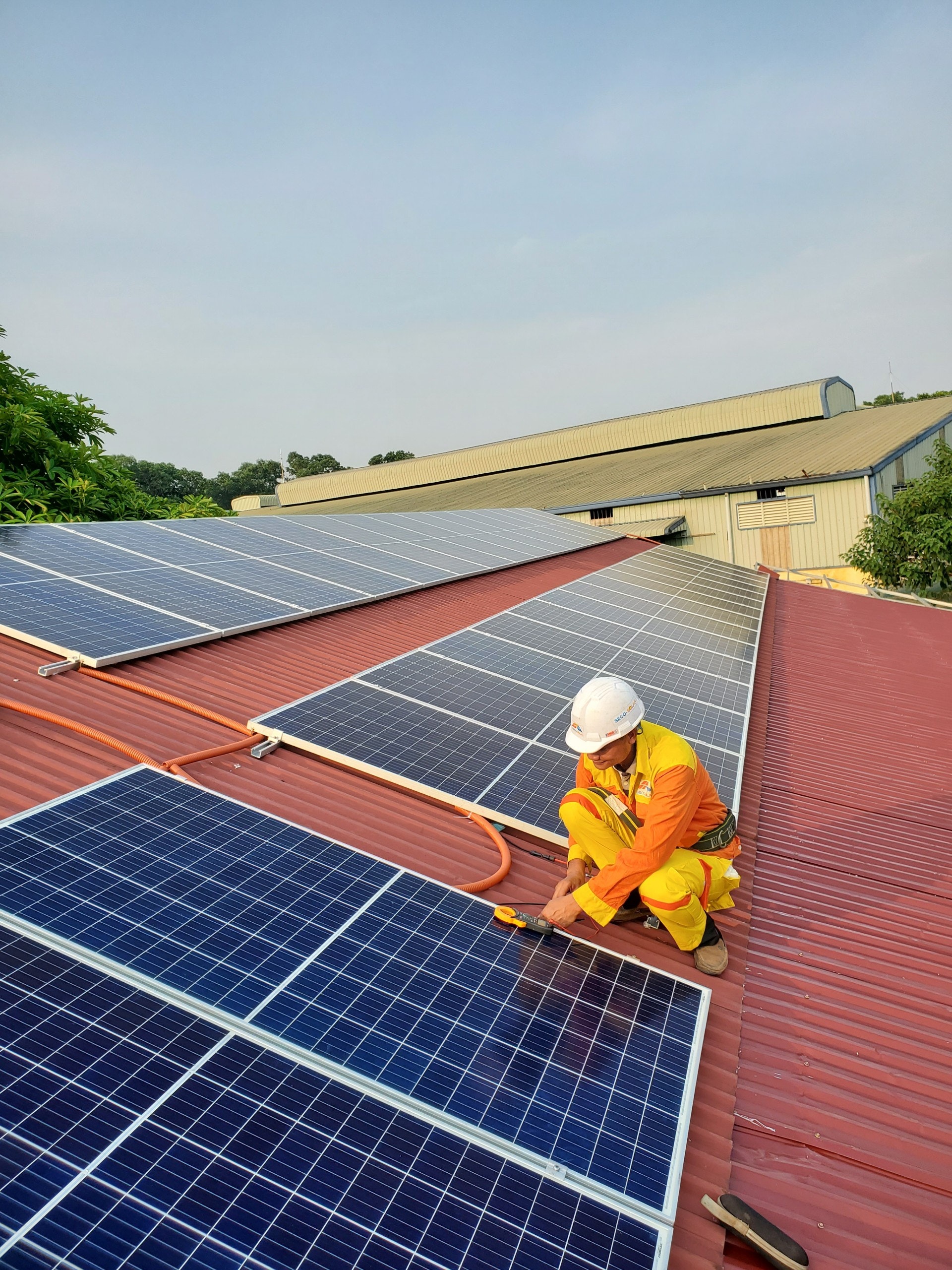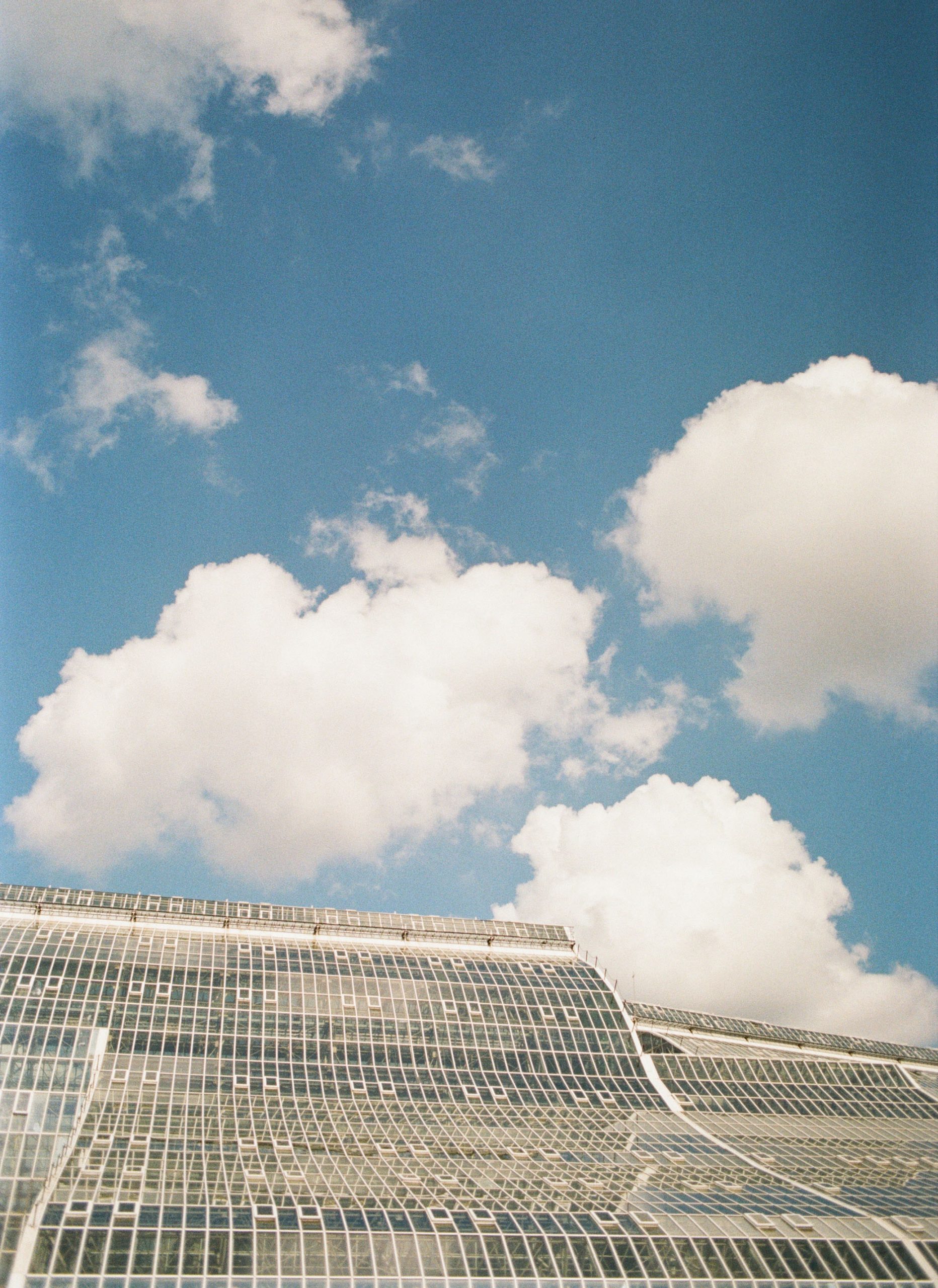In recent years, rooftop solar panel installations have become increasingly popular for homeowners and businesses looking to reduce their carbon footprint and electricity bills. As solar technology continues to improve in efficiency and decline in cost, rooftop solar offers a clean, renewable energy source that can offset a portion or potentially all of a building’s electrical needs. Learn more detail about Solcelletakstein.
This article will provide an overview of the growth of rooftop solar, the costs and benefits, and the outlook for the future of distributed solar energy generation.
The solar photovoltaics industry has expanded rapidly over the past decade, with total global capacity increasing over 600% between 2010 to 2020.

According to one estimate, rooftop solar accounted for nearly 40% of all new solar capacity additions in the United States in 2020. States like California, Arizona, New Jersey and New York lead the country in installed rooftop solar capacity. Find out more detail about takfornying.

Declining costs for solar panels and installations have made rooftop systems more affordable. Federal and state incentive programs, like the solar investment tax credit, provide financial benefits for homeowners and businesses adopting solar.
Several factors have driven the popularity of rooftop solar panels. Electricity rate structures, such as net metering, allow solar customers to get credit for excess power sent back to the grid. On the consumer side, surveys show rooftop solar shoppers are often motivated by environmental concerns and a desire for energy independence and cost savings.
For homeowners, the typical rooftop solar array size ranges from 5 to 15 kilowatts (kW). The average home system is around 8 kW and requires 20-40 solar panels. Meanwhile, commercial systems often span 100 kW to over 1 megawatt (MW), with footprint sizes from 500 up to 10,000 square feet or more. Warehouse roofs, retail stores, schools, multifamily housing, and industrial facilities are prime candidates for large-scale rooftop solar projects. Find out more information about agdertak.
The installation costs for rooftop solar have declined substantially thanks to economy of scale, technology improvements, and reductions in “soft” costs like permitting and labor. According to energy research firm Wood Mackenzie, the average price of a residential rooftop solar system in the U.S. dropped from over $40,000 in 2010 to around $20,000 in 2019.
A sizable portion of this growth has come from distributed solar installations on the roofs of residential and commercial buildings.
In addition to upfront and ongoing monetary savings, solar customers benefit from reduced exposure to utility rate changes and increased property values for homes.
Commercial solar projects usually have a faster ROI of 3-5 years. However, there are maintenance costs for inverter replacements and panel cleaning that factor into the economics.
The distributed nature of rooftop systems also reduces the need for expansive solar farms and lengthy transmissions lines.
